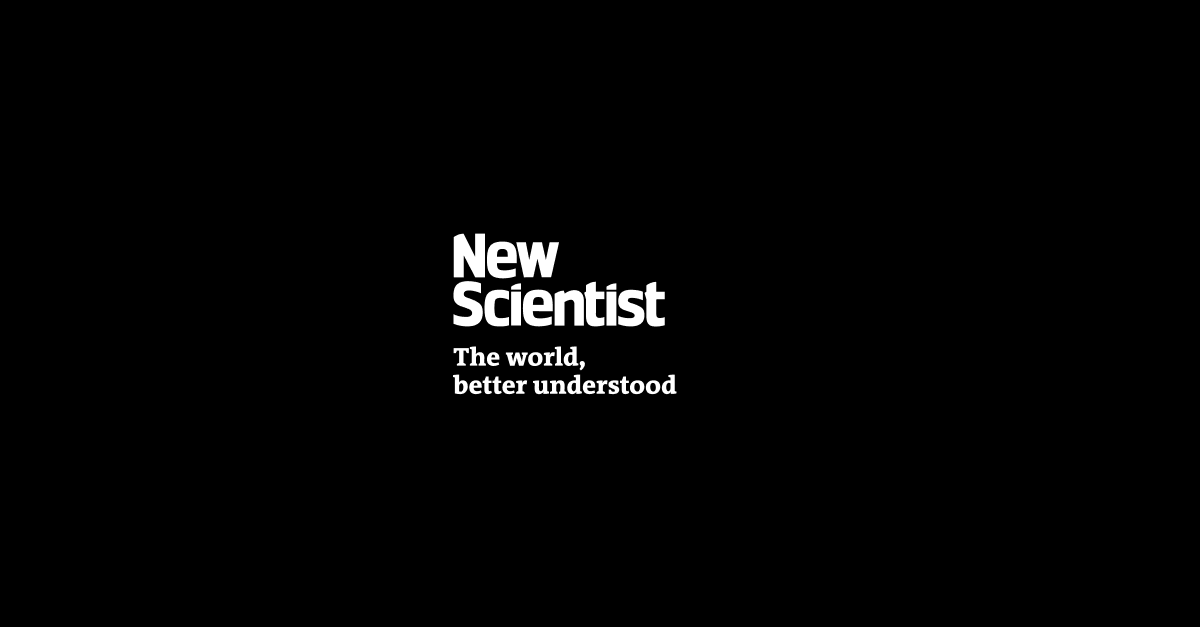In the double-slit experiment, light waves interfere with each other – or do they? RUSSELL KIGHTLEY/SCIENCE PHOTO LIBRARY
Light is both a wave and a particle – or so we have thought for about a hundred years. Since the advent of quantum physics, light has been understood to exhibit wave-particle duality. One part of this duality can be traced to physicist Thomas Young who, in 1801, performed an experiment that confirmed light’s wave character: the double-slit experiment. But a radical new interpretation brings into question the results of this famous experiment, and indeed, the very nature of light itself.




